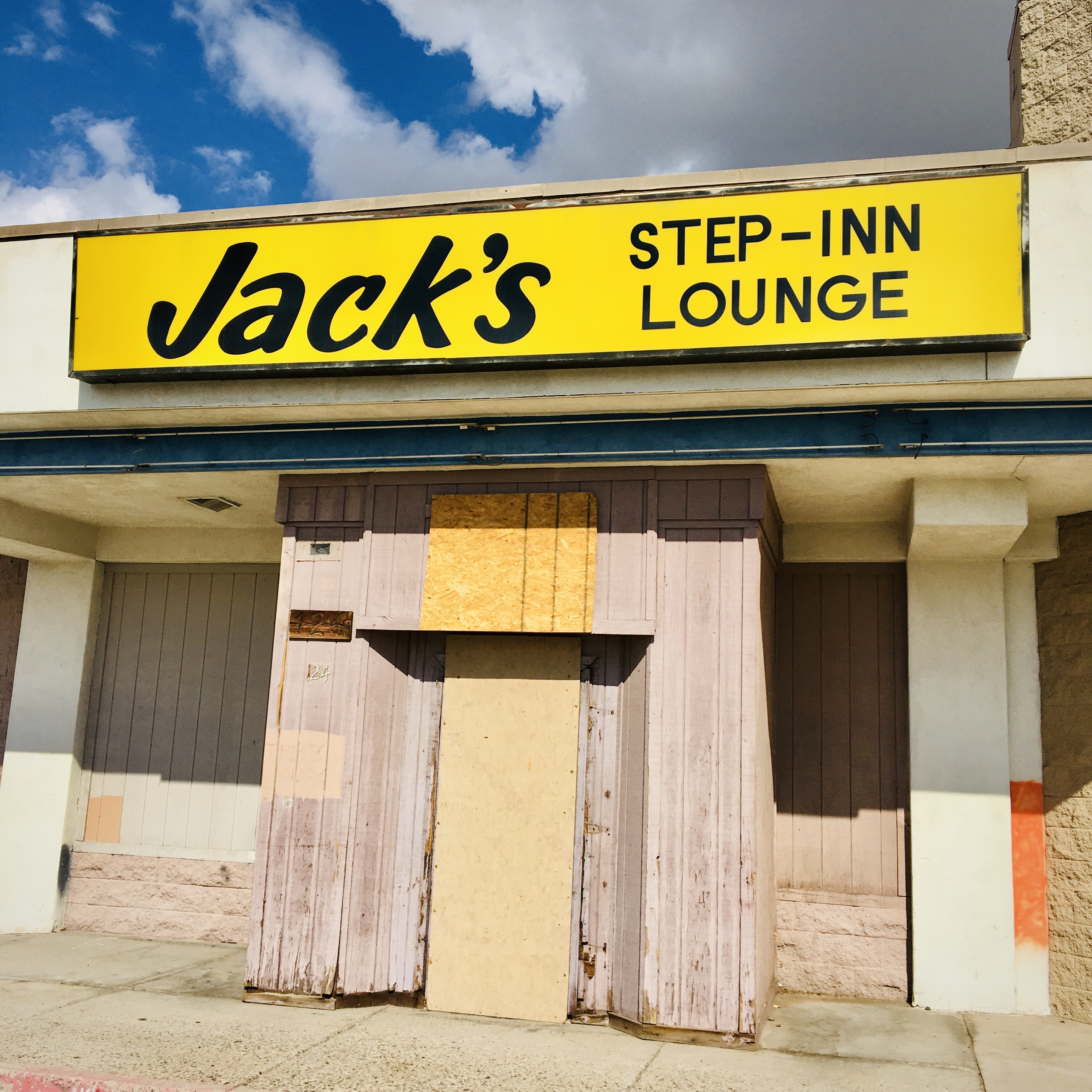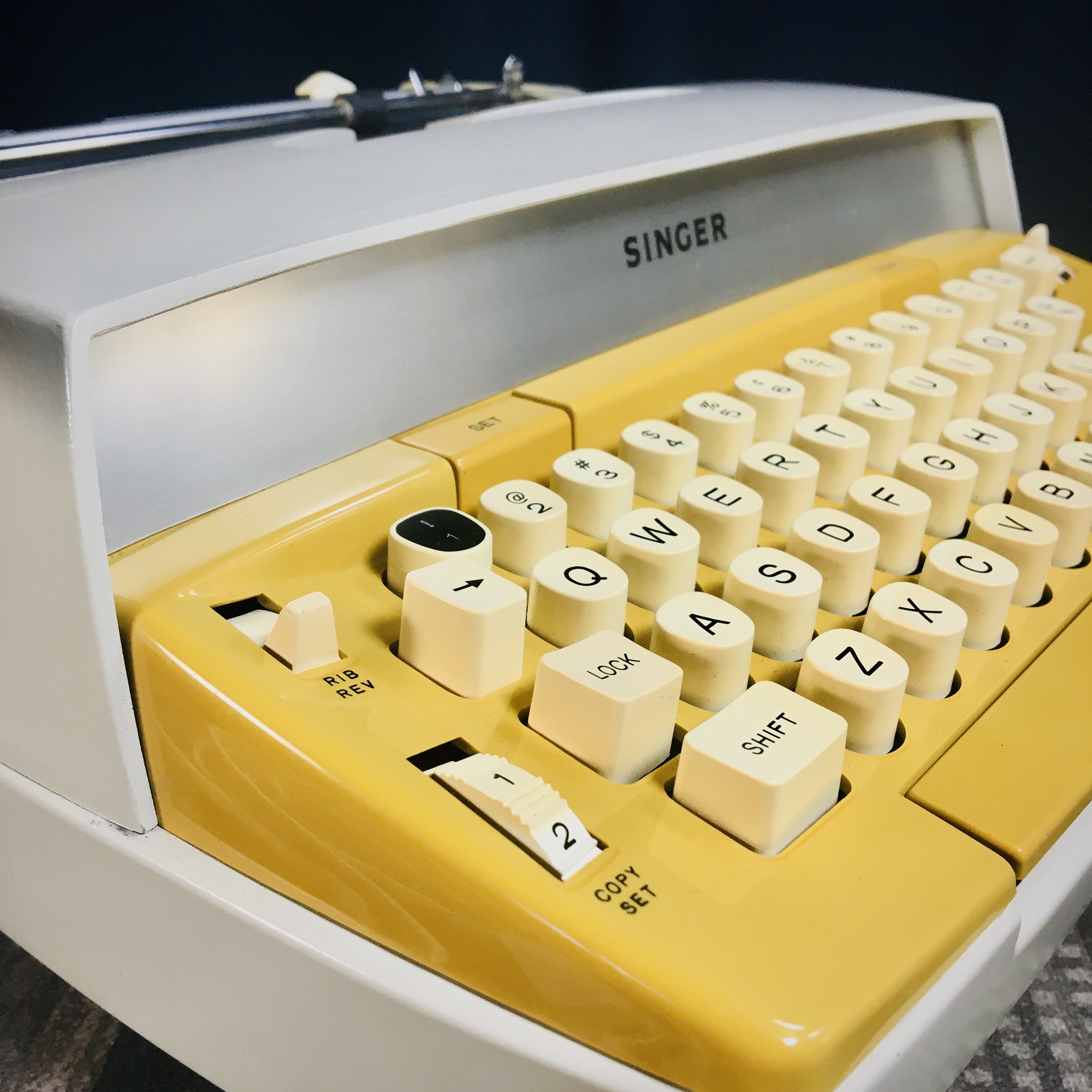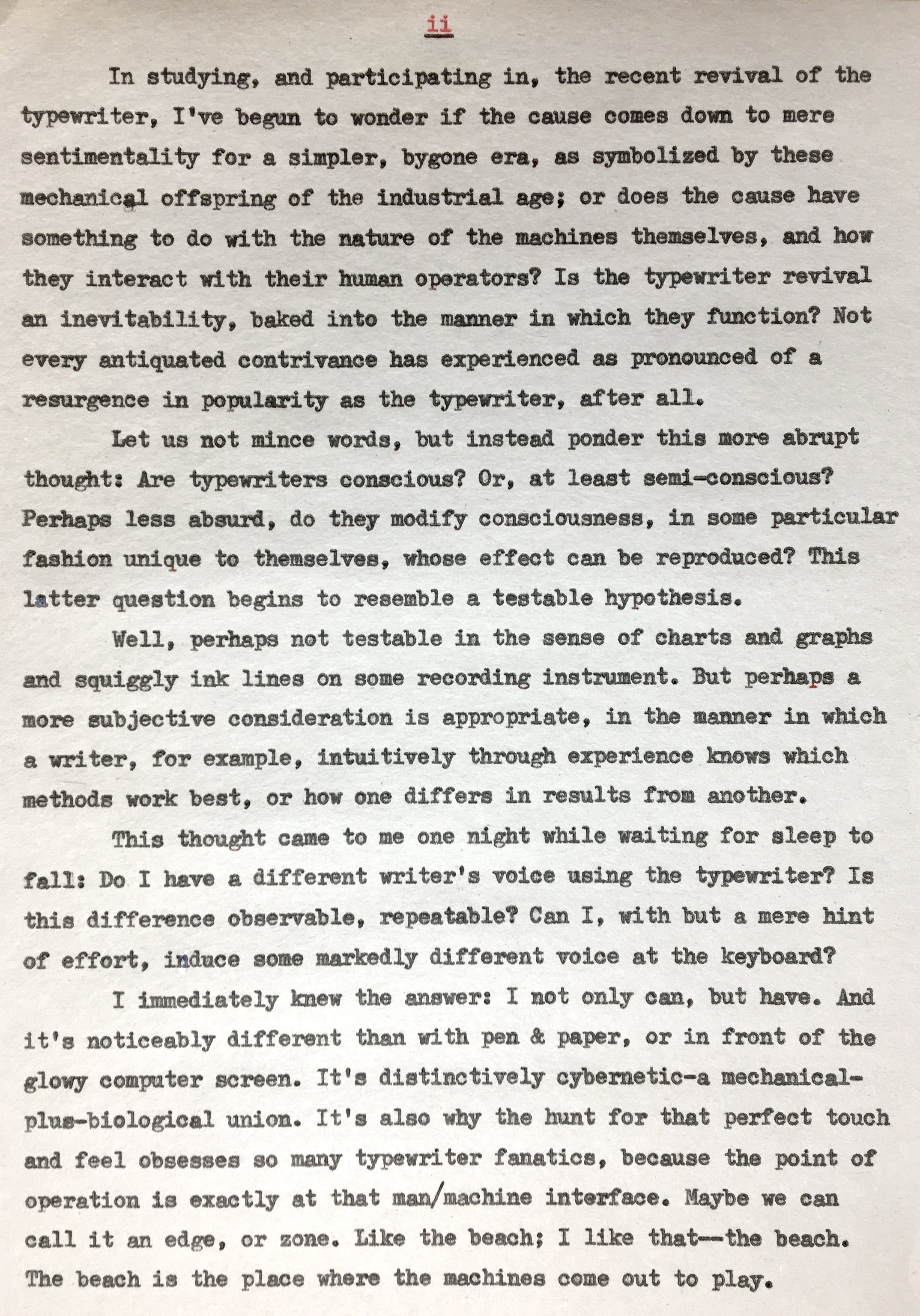Poem: What I Saw at the IHOP on East Central

"New Mexico, 2021" (In homage to Garry Winogrand's 'New Mexico, 1957')

Yesterday I took a drive up east Central Avenue, here in ABQ. There's nothing I saw yesterday that I haven't seen before, but I wanted to study it, make sense of the enormity of the economic blight that's happening here. Happening, as in present-tense.
I should note, right up front, that our's isn't the only city facing these kinds of problems; just yesterday I was watching a YouTube channel from Toronto, Canada, where the vlogger mentioned the smell of urine behind the trash dumpster behind his apartment building. Or, just walk along the beachfront park in Santa Monica, CA and you'll find it like walking through someone's bedroom, only worse.

The causes are multifold: drug abuse, mental illness, career criminals, professional narco-cartels, marginalized economy, citizen apathy, lack of an effective social safety net, political polarization -- you name it. In cities like Albuquerque, entire geographic districts seem bombed-out, pulled directly from the pages of some distopian futurist novel.
The process seems entirely predictable: local economies decline, businesses leave, vandalism and crime increase, entire streets of strip malls abandoned, homeless encampments arise, shiny black cartel SUVs patrol the 'hood, servicing the heroin and methamphetamine addicts scavenging for their next fix. Meanwhile, politicians pose on-camera for their next real estate deal out in the suburbs, while special interests grease their palms, all covered live by Chopper Five for the six o'clock news. And so it goes.

If the process seems entirely predictable, you'd think the solutions would be also. But they don't seem to be present, to any great degree. Or maybe, we've only seen the tip of the ice berg, maybe it's going to get lots worse. Maybe the bombed-out zone of economic blight, that was once "across town," "not in my neighborhood," suddenly seems a lot closer, as you begin to notice the odor of makeshift bedrolls behind the neighborhood grocery store dumpster, or the litter of heroin needles in the empty lot on your daily walk. Maybe you can fit those ear plugs in, nice and snug, as you retire to bed at night, so as to ignore the police sirens and "ghetto bird" outside.
This last week, the current US administration announced the formal policy of supporting a continued military involvement in the country of Afghanistan was ending. America's longest war is coming to a close, or so the talking heads announced. What I'm wondering is this: what about those bombed-out war zones in our own communities, when are those wars coming to a close? When will we start triaging the wounded? Or, maybe we never showed up to fight, never made any attempt to fix what's broken, at all. Maybe we gave in without even a shot being fired.
I'd like to see what an invasion would look like, if America decided to tackle the war at home, that's been raging for decades, unimpeded.
Those are the thoughts I had, at the IHOP on east Central.









